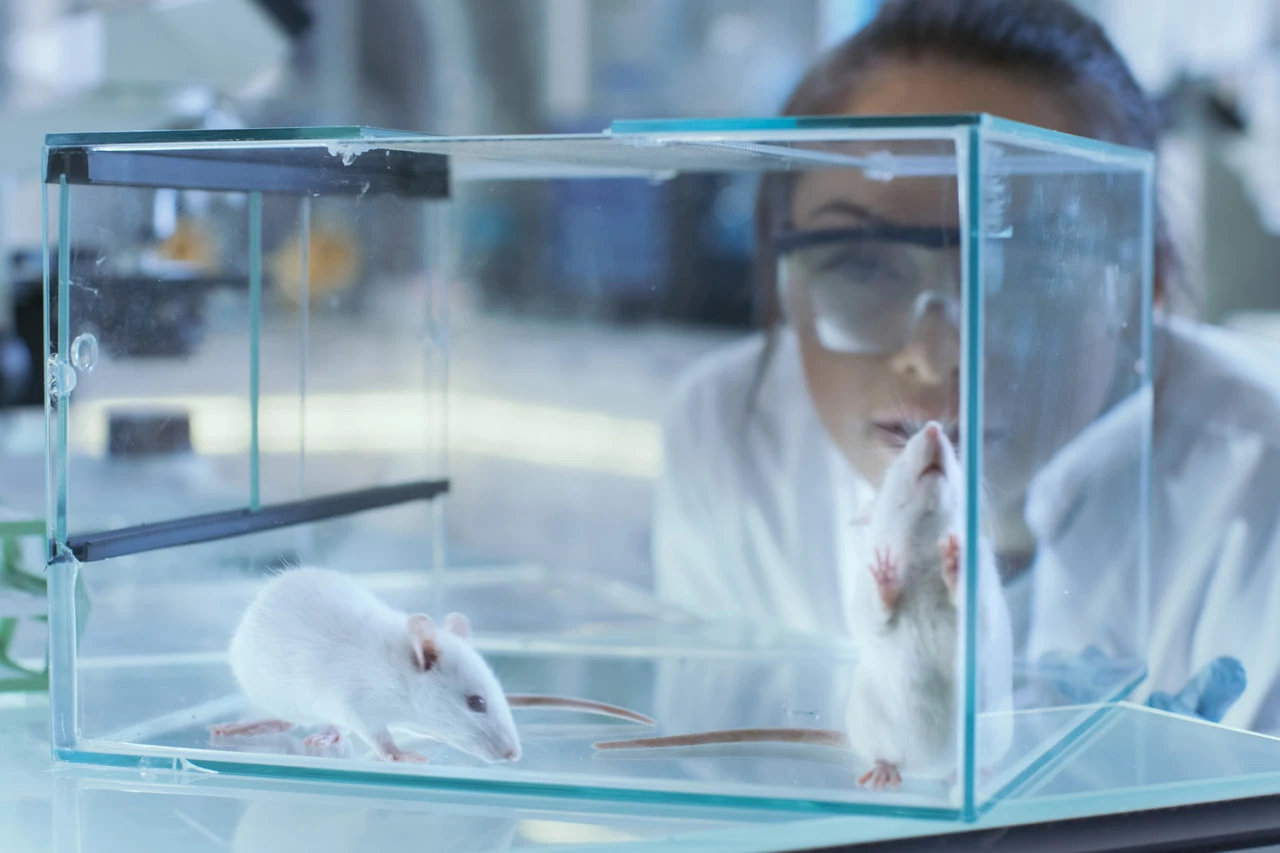Scientists have discovered an aggressive behavior center in the brain



The International Festival "Theatron" aims to strengthen the cultural dialogue between Armenia and the Francophone world
Scientists have discovered a hidden sign of psychopathy in relationships
12,000-year-old petroglyphs have been found underwater in Turkey
A link has been found between graying hair and the risk of skin cancer
Scientists have found a way to "turn off" prostate cancer genes
The oldest image of a tiger was found in Iran
Scientists have found out what kind of behavior "reveals" a confident man
It has been called a simple way to improve well-being
Physicists have managed to look inside the nucleus of an atom for the first time
Scientists have warned of the high dangers of electric scooters for children
Hayrik Muradyan's children's songs will be played in Yerevan Children's Park
Scientists warn of mental health risks of fitness apps
A space lantern has revealed the hidden aspects of the universe
Scientists have created crystals that defy the laws of physics for the first time
Scientists have discovered a "threshold of happiness" after which the risk of chronic diseases decreases
Scientists warn that the artificial cooling of the Earth will lead to global chaos
Scientists have invented an implant that will help blind people partially recover their sight
Scientists have discovered two foods that fight inflammation in the body
Scientists have discovered a combination of two substances that can extend life
Scientists predict stabilization of the activity of the Sun